Subscribe now and get our latest blog and video content delivered straight to your inbox.
Everything You Need to Know About Chimney Liner

Feb 29, 2024

If you have a wood burning fireplace, it’s crucial to have your chimney swept and inspected at least once a year. In some cases, a chimney will fail the inspection, and your chimney professional may suggest installing a chimney liner in your existing fireplace.
At this point, it’s common to ask a few different questions, like, “What is a chimney liner? Why do I need one? And how much is this going to cost me, anyway?”
At HY-C, we used to manufacture chimney liners under our Shelter Pro brand. And while we don’t make them anymore, we still want to answer any questions you may have about the installation of a chimney liner in your fireplace.
By the time you’re finished here, you’ll understand what a chimney liner is and why you may need one. We’ll also cover what these liners are made of, what sizes they come in, and how much you can expect to pay to have one installed.
What is a Chimney Liner?
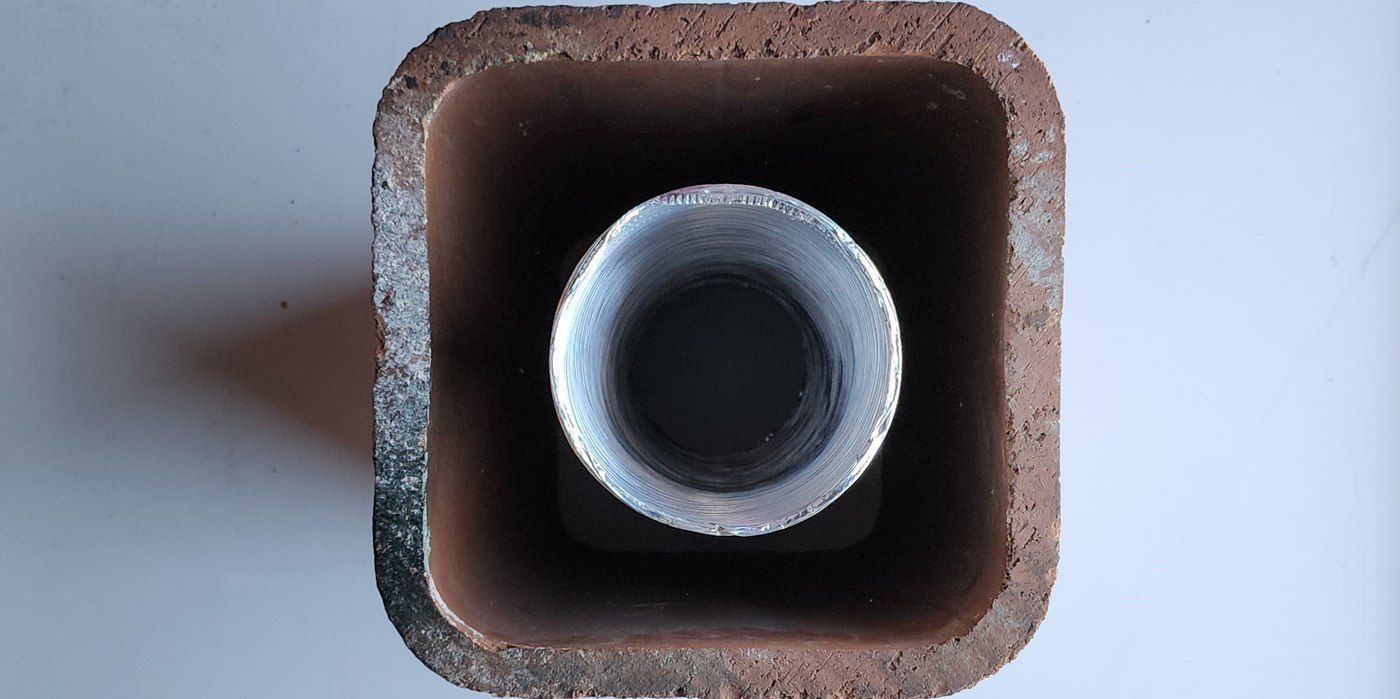
A chimney liner is a long, flexible steel pipe that’s installed inside a fireplace with a clay flue tile. The liner runs the length of the clay flue tile, starting from the firebox and protruding up through the chimney crown. Its flexibility allows it to fit inside chimneys with bends and offsets.

Before the liner is inserted into the chimney, it’s wrapped in foil faced insulation. This prevents heat from escaping from the liner, ensuring it stays hot enough to draw smoke up the chimney.
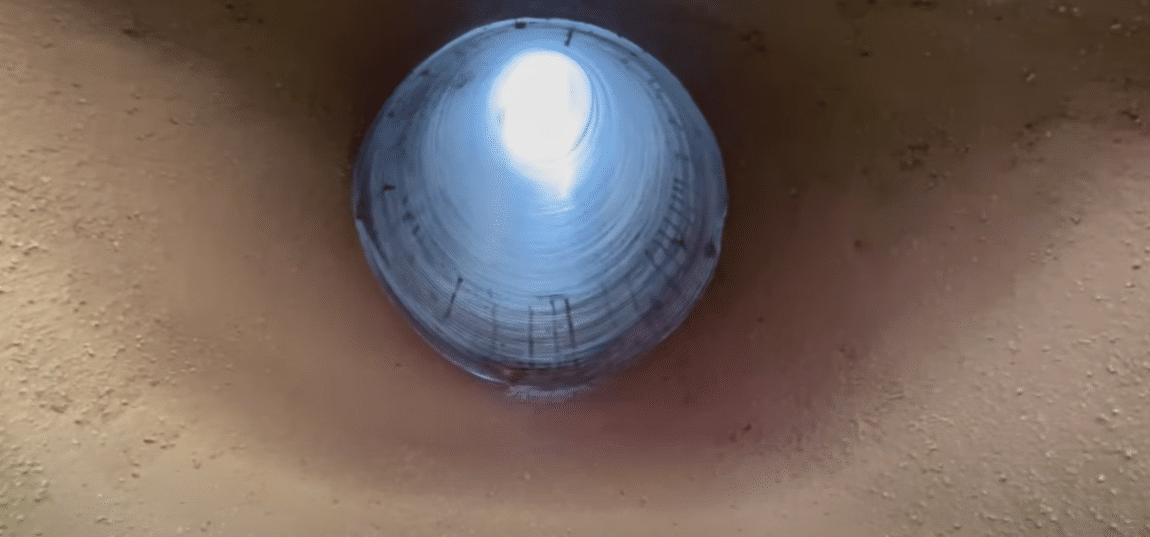
During installation, the liner is parged (i.e., sealed) to the top of the firebox with chimney-specific mortar to ensure smoke and flue gasses escape up only through the liner (and don’t make contact with the exterior masonry flue tile).

The leftover space between the outside of the liner and the inside of the clay flue tile is then sealed with poured insulation designed specifically for chimneys. This further helps the chimney flue liner retain heat, ensuring it draws properly to avoid downdrafts.
Why Do You Need a Chimney Liner?
Most masonry chimneys in the United States are 50 to 100 years old (and even older, in some cases). While they’re relatively sturdy to begin with, chimney brick and clay flue tiles tend to crack and deteriorate over time, especially when exposed to precipitation and temperature fluctuations.
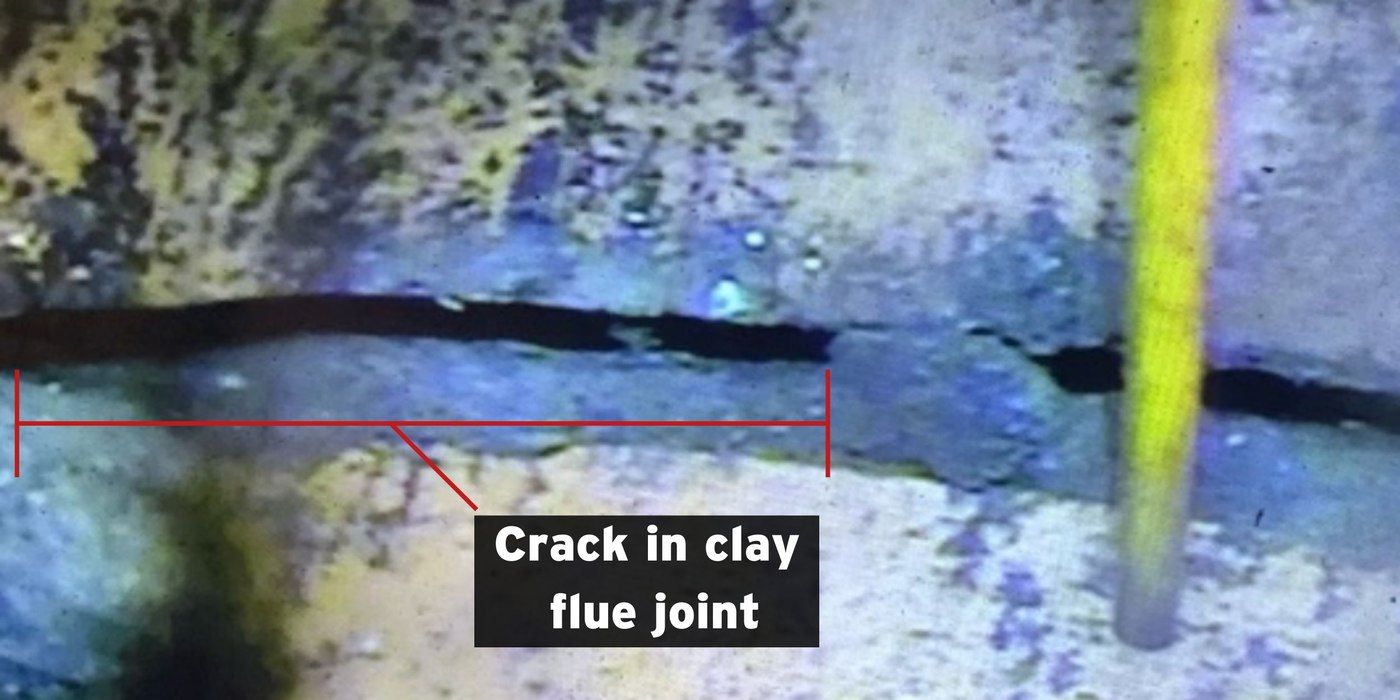
Burning wood in a fireplace with holes or cracks in the brick or flue tile is very dangerous. Embers and flue gasses can further damage the chimney, and combustion byproducts could fill your home, posing serious health risks.
A chimney liner is a retrofit solution used to bring old, crumbling masonry chimneys back to life. Essentially, the liner becomes the new chimney. An installer encases the chimney liner inside the existing chimney, completely bypassing the original masonry (and all its unsafe damage).
What Are Chimney Liners Made Of?
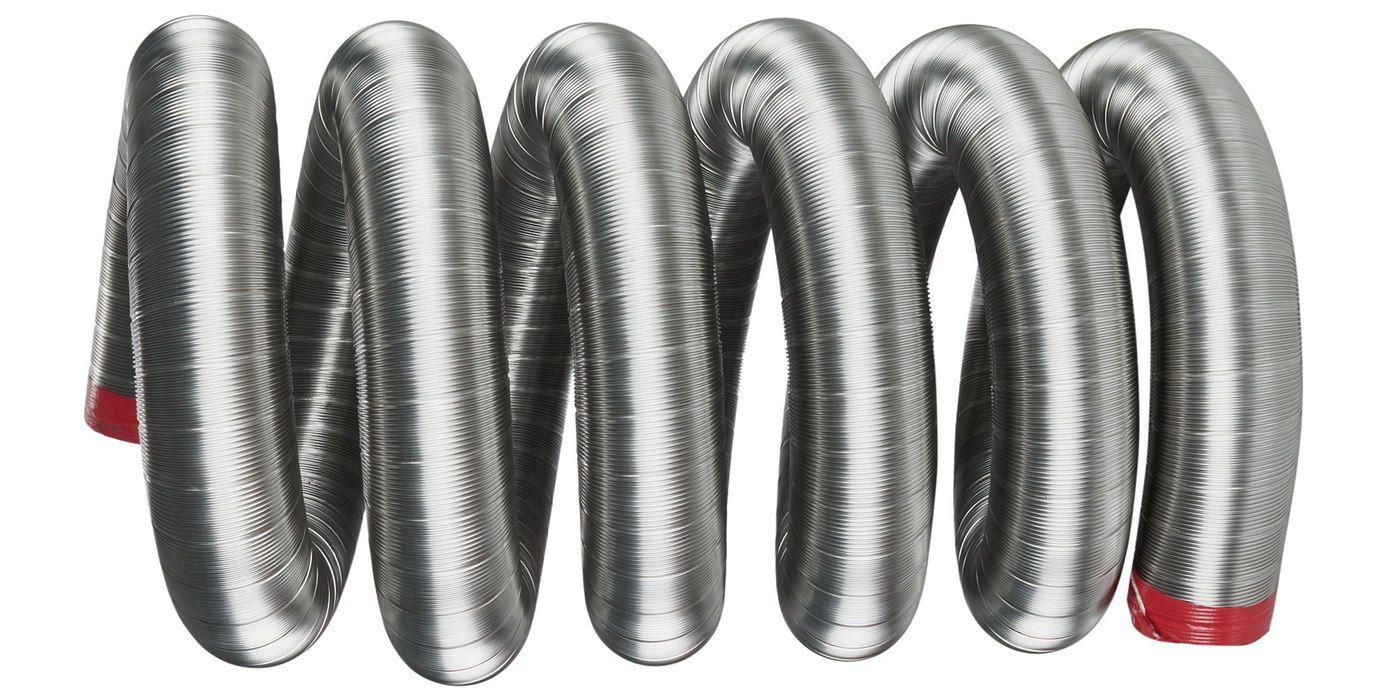
Chimney liners are made primarily of stainless steel. Common alloys include 316Ti, 316L, and 304L. While there are slight differences between these alloys, the most important takeaway here is to use a stainless steel liner.
Other metals (like aluminum) won’t be able to hold up to the temperatures and byproducts produced by a wood burning fireplace. Using a stainless steel liner will ensure both the safety of your home (and its occupants) and the long-term integrity of your chimney.
Chimney Liner Sizes

The chimney liner size you should get depends on the size and shape of your original clay flue tile. Like clay flues, chimney liners can be round or rectangular. The liner needs to be wide enough to draw smoke, but narrow enough to fit into your existing clay flue (while also leaving room for the poured insulation).
Round chimney liners are sized by their diameter and measure between 3 inches and 16 inches. They tend to come in between 15 and 50 feet in height, with sizes increasing in five-foot increments (15 feet, 20 feet, 25 feet, etc.).
Rectangular chimney liners are sized by their length and width. Common lengths include 4 inches to 14 inches, while common widths include 5.5 inches to 17 inches. Height-wise, these liners can be bought by the foot and measure anywhere between 1 foot and 150 feet.
With so many diameter, length, width, and height options available, it’s no exaggeration to say that chimney liners are available in dozens of sizes. The upside is that with so many options, you’re bound to find the perfect liner to fit your chimney based on its specific dimensions.
Chimney Liner Cost
Like most projects, chimney liner installation costs come down to two factors: the cost of material and the cost of labor (if you’re using the services of a professional).
Material
Material costs depend on the size of the chimney liner itself. Since there are dozens of sizes available, prices vary widely.

For round chimney liners, one of the smallest available sizes — 3 inches by 15 feet — costs around $260. One of the largest available options — 16 inches by 50 feet — costs around $4,700.
This is a wide range, but on average, a round chimney liner costs between $600 and $1,200 for common masonry chimney sizes.
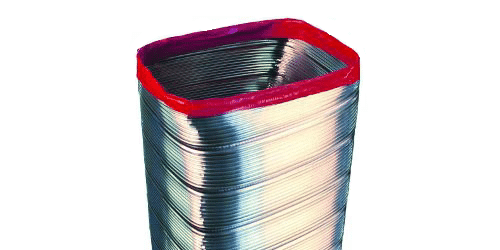
For rectangular (or square) chimney liners, one of the smallest typical sizes — a 20 foot liner measuring 4 inches by 6.25 inches — costs about $1,000. One of the largest typical sizes — a 50 foot liner measuring 14 inches by 14.5 inches — costs about $5,600.
Again, this is a wide range, but on average, a rectangular chimney liner costs between $1,200 and $2,500 for common masonry chimney sizes.
Labor
If you’re hiring a professional to install your liner, you’ll need to pay them for their time, of course. Labor can cost another $1,000 to $2,500, depending on a number of factors:
- How much brick needs to be removed from your chimney for the install (if any)
- The number of bends and offsets in your chimney
- The quality of work your chimney professional provides
- The time it takes for the liner to be installed
All told, the entire process of installing a chimney liner (including labor and materials) costs anywhere between $3,000 and $8,000.
Should You Install a Chimney Liner?
The prospect of installing a chimney liner is daunting. Chimney professionals maintain a broad depth of knowledge, and trying to learn all there is to know about even one fraction of what they do — chimney liners — is a little overwhelming.
So the question is: if your masonry chimney is in disrepair, should you install a chimney liner?
That really depends. At several thousands of dollars, the process is obviously very expensive. If you have the budget for it, adding a chimney liner to your wood burning fireplace may be the only safe, reliable way to get it working again. If you’re willing to spend the money and you want your fireplace working again, you should absolutely have a chimney liner installed.
If the bill seems a little too steep for you, though, there are plenty of other heating options available, like wood stoves and furnaces. But whether you decide on another heating appliance or you choose to add a chimney liner to your fireplace, one of the most important parts of wood burning is ensuring that you’re burning the right wood.
Our firewood guide compares 10 different types of firewood to help you find the right fuel to burn in your heating appliance. Take a look to make sure you’re burning the right wood the right way.
